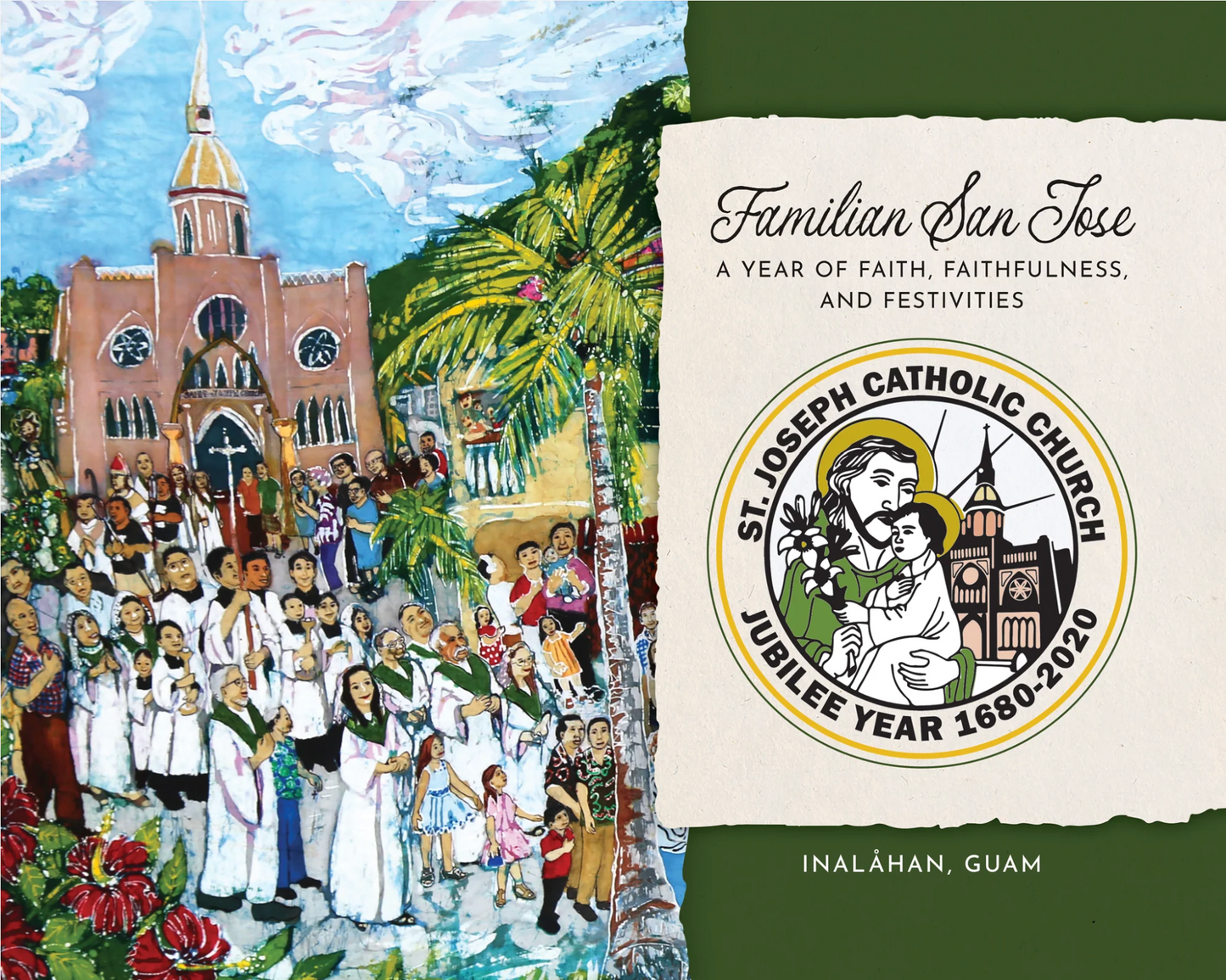University of Guam Press
The Techa Book Bundle
The Techa Book Bundle
Couldn't load pickup availability
The Techa
In CHamoru culture, the techa is the prayer leader who guides the community in prayers and hymns for different religious events. The techa must be confident, reliable, and calm. This bundle is perfect for the techa in your life who has a strong appreciation for Guåhan’s rich religious and spiritual history.
Each bundle comes with a free tote bag.
$105 $100
Life and Martyrdom of Diego Luis San Vitores
Familian San Jose: A Year of Faith, Faithfulness, and Festivities
Chronicle of the Mariana Islands
Familian San Jose by William "Bill" Paulino and Judy Flores tells the story of the parish of St. Joseph Catholic Church in Inalåhan, Guam and the larger story of how the church and village life have been interwoven for more than 340 years. It captures Indigenous oral histories that were passed down through generations, as well as stories that were written in the 1970s and interviews with elders. Anyone with connections to this timeless village will recognize the families and stories of the many who contributed to this publication. These stories include the most recent reconstruction of the gothic-style church in 1933 with hand tools and volunteer labor including from women and children who gathered rocks and washed sea salt from the beach sand, finishing the main structure in 7 years. The amazing faith and
resilience of the village parishioners through earthquakes, typhoons, and
two world wars illustrate how island history is also deeply personal.
Chronicle of the Mariana Islands Recorded in the Agana Parish Church 1846-1899
Over time, the CHamoru people of the Mariana Islands have been subjected to the ravishes of natural disasters, pestilence, war, and myriads of disquieting circumstances. After the arrival of the Spanish missionaries in the islands, such events were recorded, first by the Jesuits (1668-1769), and later by their successors, the Augustinian Recollects (1789-1908). The many Jesuit records have long been available; those of the Augustinians have been conspicuous by their absence. In 1969, an abridged version of a long sought after nineteenth century register, or chronicle, known to have been kept in the Hagåtña parish church was presented to the Micronesian Area Research Center, thereby confirming the survival of at least portions of the parish's Libro de cosas notables (The Book of Notable Things). For today’s readers, the Chronicle of the Mariana Islands is a treasure-trove of Chamorro nineteenth century memorabilia.








